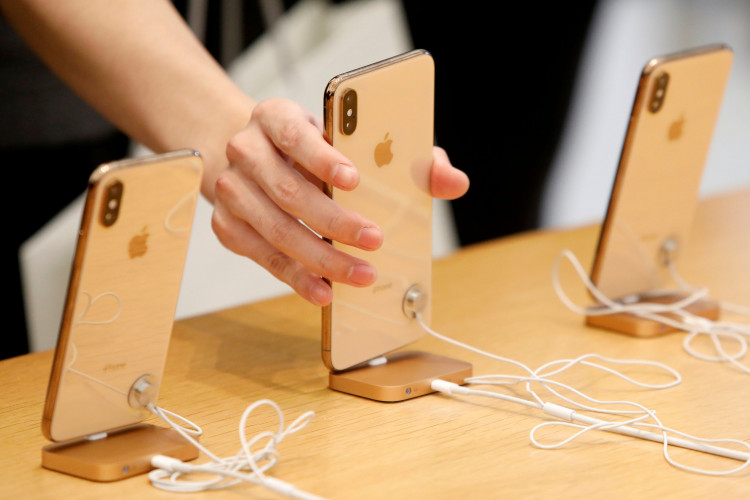In 2017, the Cupertino tech giant Apple was bombarded with controversy when it acknowledged that it purposefully restricted the performance of the iPhone when the battery approached the end of its useful life. In fact, the practice is still being observed today and is referred to as iPhone Throttling. Reports about this practice surfaced in 2017, but Apple admitted that it started throttling iPhones as a way to prolong the lives of iPhone devices since 2016.
According to 9to5mac, the term throttling generally refers to a drop in terms of system performance below the level which the components were developed for. It happens to prevent the device from overheating. But, when it comes to iPhones, the act is a 'purposeful decrease in the handset performance for older iPhones, explains the site.
It essentially boils down to the lithium-ion battery technology that powers devices. Over the years, because of the build-up of charging cycles, the battery capacity drops. When this happens, it loses its ability to offer peak power when the device's processor asks for it.
Apple developed a software algorithm that 'throttles' or controls the system to limit peak power demand. If the Cupertino company did not do this, iPhones run the risk of shutting down. Because of many cases filed against Apple, it released an iOS update in 2018 that ended the automatic throttling to older iPhones. However, it allows users to disable the iPhone throttling through the Battery Health feature manually.
Meanwhile, Apple recently announced a new program for Apple iPhone XS, iPhone XS Max, and iPhone XR battery cases manufactured between Jan. 2019 and Oct. 2019. The new program offers a free replacement for some iPhone battery cases with a built-in battery but with charging problems. According to the official website of the Cupertino company, eligible iPhone owners could replace their battery cases in any color that they prefer.
Faulty iPhone cases could prevent the battery from charging properly, says Apple. Smart Battery cases help the iPhone run longer by acting as an external battery. The only drawback is that it makes the iPhone a little bit bulkier. Apple also clarifies that the new replacement program is not at all related to safety issues.
iPhone users who own iPhone XS, iPhone XS Max, and iPhone XR with faulty battery cases could see the nearest Apple Service Center or authorized service centers. The replacement program will not only give iPhone owners a new battery case model but also reduce the risk of developing future battery case issues.




